Malaysia's paradigm cache of educated, ambitious PMEBTs
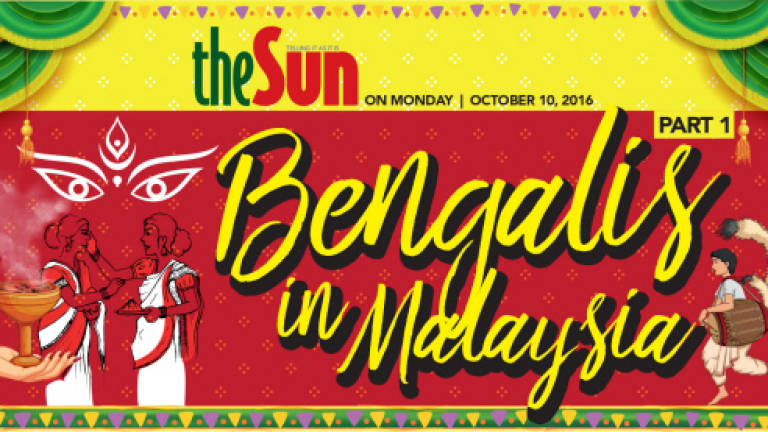
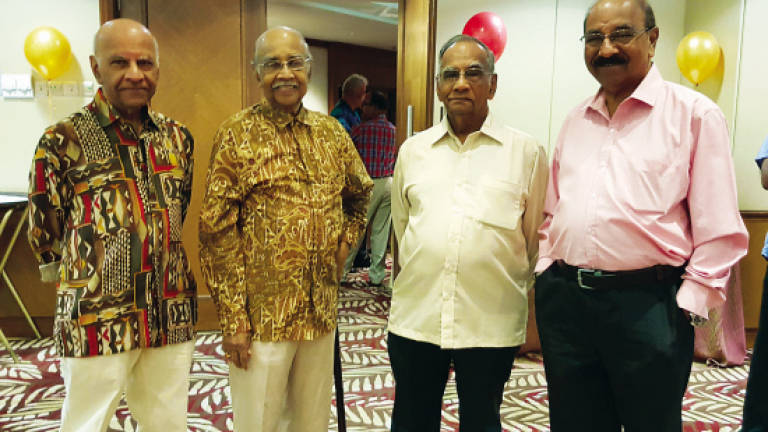
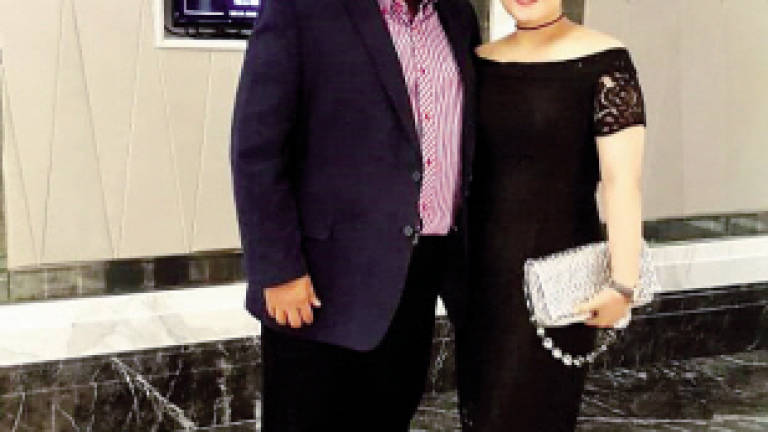
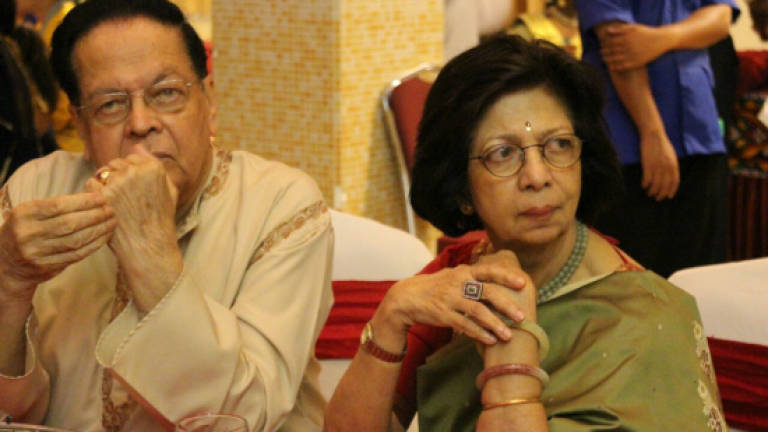
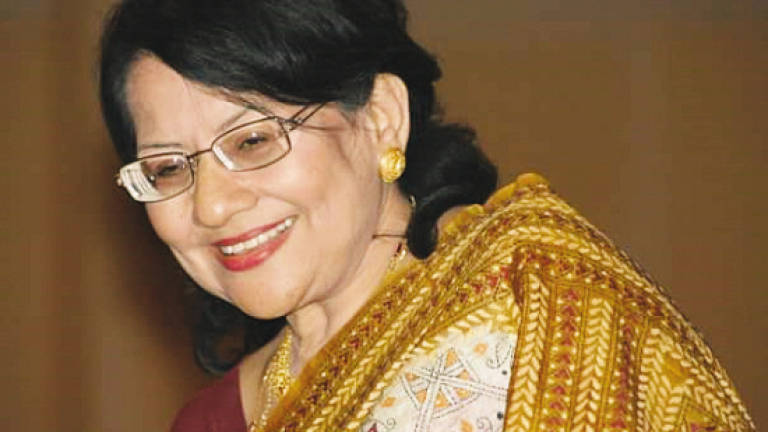
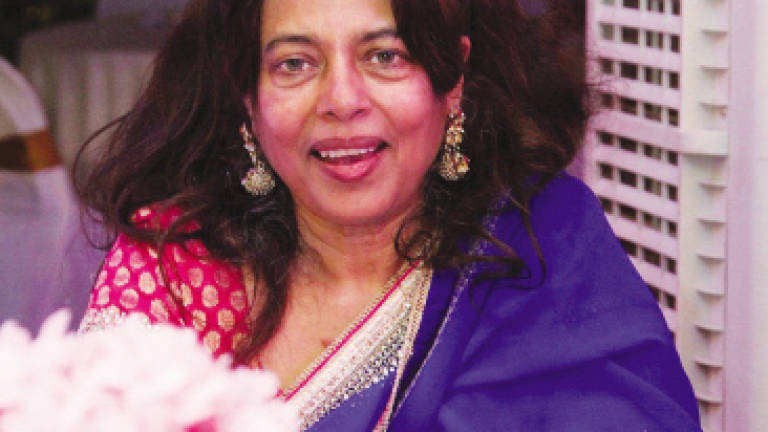
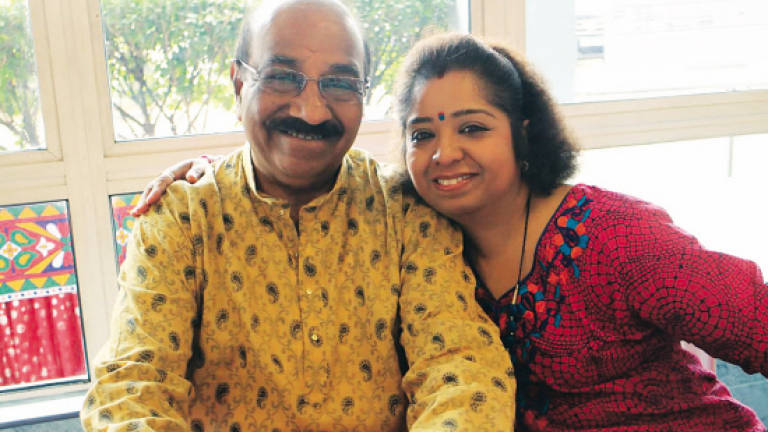
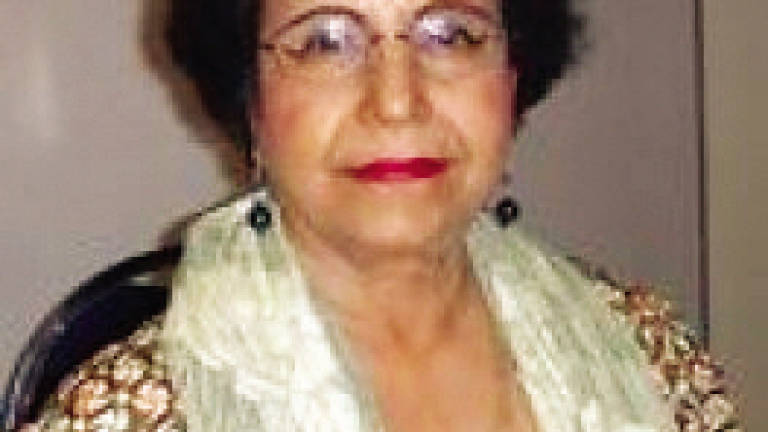
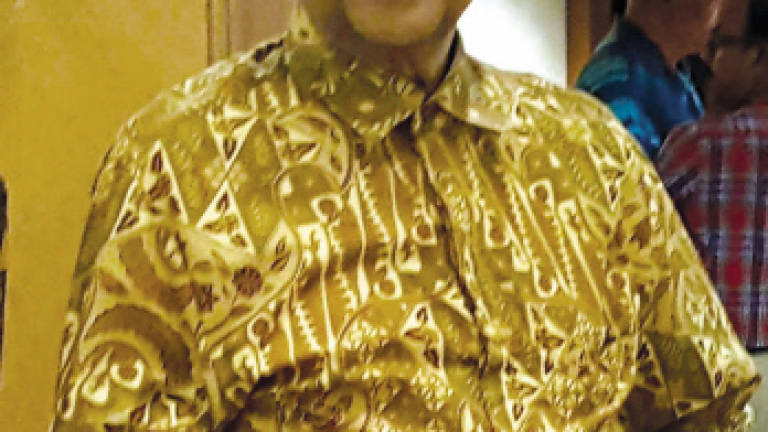
THE "core Bengali community" is among the most educated, academically ambitious, professionally motivated ethnic PMEBT sub-segments, not only in Malaysia, but in all countries across the five continents where the diaspora have settled, including the UK, the USA, Europe and Australia/Pacific.
The ancestors of most Malaysian Bengalis emigrated from pre-partition, greater/undivided Bengal in eastern India, while still under colonial rule. This huge state has, since 1947, been divided across two different countries: West Bengal (in India) and Bangladesh (earlier East Pakistan 1947-1971). [See detailed analysis on page 6.]
Malaysian Bengalis remain a close-knit community, compelled towards pursuing higher academic qualifications. This inevitably leads on to skilled high-income and social-respect, generating professions like medicine, law, engineering, accounting, scientific research, pharmaceutical research, teaching/academia, info-technology and business management. Several in the current generation are also succeeding as businessmen and entrepreneurs.
Bengalis have particularly made a pioneering contribution to the medical profession in Malaysia. However, they prefer to operate under the radar without flaunting their academic kudos, professional competence and affluence.
Not surprisingly, their average household income is arguably at least three to five times higher than the national average.
Malaysian Hindu-Indian Bengalis constitute a paradigm example of the successful PMEBT socio-economic class, which every country/government desires as their citizens.
▶ They are economically, attitudinally and substantially different from the average Bangladeshi community. The latter shares a common Bengali script/language, but in Malaysia, is largely employed as labour and working-class, barring a few exceptions.
▶ theSun intends to publish a separate feature on Bangladesh and the other Bengali community.
While researching and developing the content for this feature, this writer was rather surprised to learn that most folk did not really know about the Bengali community, even though several of them would have definitely interacted with Bengali doctors, medical practitioners and other professionals.
▶ Except for a few senior editors and several doctors (from other ethnic groups), most colleagues in our own offices, besides (Malaysian) friends and industry colleagues, had little understanding of this highly qualified and affluent ethnic sub-group.
▶ Some even thought that "Bangalees" were the Singh (Sikh-Punjabi) community.
▶ Later, this writer discovered how this popular misconception arose. In the colonial era, most Punjabi immigrants used the old Bengal steamship and other ships/steamers, which sailed from Calcutta to Rangoon (now Yangon), thence to Penang and Malacca. So technically, they came from Bengal to Malaya and were erroneously referred to as "Bangalees".
▶ In those days, within the British colonial domains in Asia, one could travel on steamers without a passport, and with just basic identity documents provided by the civil administration/ sub-divisional offices and local police stations.
So, it is first necessary to identify some prominent Bengalis whose names and achievements most Malaysians would be familiar with, often without knowing about their ethnicity. These include:
▶ iconic hero Netaji Subhas Chandra Bose and current Indian president Pranab Mukherjee;
▶ noble laureates Rabindranath Tagore and economist Amartya Sen;
▶ Dr Bidhan Chandra Roy, whom the British medical establishment referred to as "the doctor who can just smell and diagnose disease/ailments, even before reaching out for the stethoscope";
▶ music directors Salil Choudhury, SD Burman and his son RD Burman;
▶ actors Ashok Kumar, Pradeep Kumar, Uttam Kumar, Suchitra Sen, Jaya Bhaduri-Bachchan;
▶ legendary dancer Uday Shankar and his brother sitar maestro Ravi Shankar;
▶ iconic art/film director Satyajit Ray and audio-electronics genius Dr Amar G Bose (Bose speakers);
▶ physicist and polyglot Dr Satyendra Nath Bose who provided the foundation for Bose-Einstein statistics and condensate; and
▶ singers Kishore Kumar, Hemanta Kumar, Manna Dey and Shreya Ghosal.
While unable to publish a community phone-directory type exhaustive list, most Malaysians will probably realise that they may have interacted with several of these qualified professionals across a wide spectrum of fields. These include:
▶ medical professionals like Dr Subir Sengupta, pioneering radiologist Ajit Kumar Mukherjee, surgeon Dr Probir Sengupta, dermatologist Dr Madhuri Majumdar, gynaecologists Dr Taposi Choudhury and Dr Arun Bag, general practitioner Dr Shudeep Roy;
▶ academicians Dr SR Sengupta, Dr Hena Mukerjee, Dr Jayati Roy, Sucheta Sen-Mukherjee, Dr Niranjan Debnath, Amit and Barnali Guha who run a prominent school;
▶ urban planning and real estate professional MK Sen;
▶ accountants Subimal Sengupta, Sukanta Dutt and company secretary Sikha Dutt;
▶ engineers Prasanto Dutt, Debojit Choudhury and lawyer Swapna Roy;
▶ writers/authors Deepika Mukherjee and Tutu Datta;
▶ entrepreneur Shamrat Sengupta;
▶ advertising/communication strategists Sutapa Bhattacharya, Nabanil Roy, Shubhankar Mitra, Debopriyo and Abhishek Bhattachrya;
▶ market researchers Ipsita Mitra and Bipradip Chakraborty;
▶ motorsport driver Akash Neil Nandy;
▶ geologists Dr Debnath Basu and Dr Tanwi Basu; ... all influential professionals who have earned substantial recognition from the government, relevant industries and the wider community.
They inevitably establish a strong foundation for promoting Bengali culture, literature, music, arts and social interaction in all the countries where they have settled, besides setting up charitable trusts and contributing significantly to society in the country of residence.
While the Gujarati community is essentially driven by business and entrepreneurial energy, the Bengali community is driven by a compelling reverence for education and professional recognition. We analyse their differential DNA.
Perhaps for the first time in recent memory, a national newspaper in Malaysia (or in the Asean and Far East Asian region) is publishing a comprehensive feature on this community. This will be published in two parts, which will inter alia explore:
1) how pioneers from this community came to Malaysia;
2) how they established roots and emerged as successful PMEBs;
3) particularly the Bengali contribution to the medical profession;
4) the challenges encountered and the blood, sweat and tears invested to establish their professional status in a foreign land;
4) the professions which they now dominate;
5) the Bengali DNA – their values, priorities, flaws and foibles;
6) the cultural and social fabric which binds this community; and
7) interviews with prominent Malaysian Bengalis/community leaders.
Noticing the impact of our Gujarati Feature (February 2015), we trust that theSun's Bengali feature will also be read carefully by most of our 1,024,396 gross readership, and even other PMEBTs who are non-regular readers.
Universities, medical colleges, property developers, premium car distributors, banks, insurance, private banking and financial services, supermarkets/mall managements and even state/federal government ministries might find it useful to retain this feature for reference.
Bengalis in Malaysia – content structure
In Part 1, we focus efforts on re-introducing the Bengali community in Malaysia to the wider community by:
▶ identifying some of the prominent Bengalis whom many would have interacted with without realising their ethnicity;
▶ analysing the Bengali DNA including their most common traits, values, priorities, flaws and foibles;
▶ detailing the geographic ambit of the original Bengali homeland(s);
▶ exploring how and why the early Bengali footfalls occurred in Malaya; and
▶ how the Bengali culture and traditions were first established in Malaya.
In Part 2, we will specifically explore and analyse:
▶ why and how a small expatriate community has contributed so much to the medical profession in this country;
▶ the engineering, IT, academia, advertising, media and other professions in which Bengalis are very prominent;
▶ factors which are consciously or imperceptibly causing divisions within the community;
▶ the challenges which Bengalis encounter as an ethnic community, even if they are Malaysian citizens;
▶ The roles played by Bengali ladies in Malaysia over the past three generations and how their priorities have evolved from background support to empowerment and parallel achievements.
Prashun Dutt, chief marketing officer at theSun, is a former regional media director. After 14 years with advertising agencies JWT, McCann Erickson, O&M and Bozell, he has since leveraged this strong foundation in the global media industry with Times Publishing, Forbes, CNBC, MTV and The Economist. Besides socio-economic features, he writes analytical articles on business, marketing, advertising and communications.
Calcutta-born Prashun is also the scion of the zamindars of Dhubri (lower-Assam) and great-grand son-in-law of the family of Sher-e-Bangla Dr AK Fazlul Haq, chief minister of pre-partition Bengal and first chief minister/governor of East Pakistan (Bangladesh).
• Besides India and Bangladesh, he has interacted with the west and east Bengali communities/diaspora across three continents, during his professional career.
• Insights gleaned from a focus-group session (conducted in London 16 years ago) have also been shared in this feature.